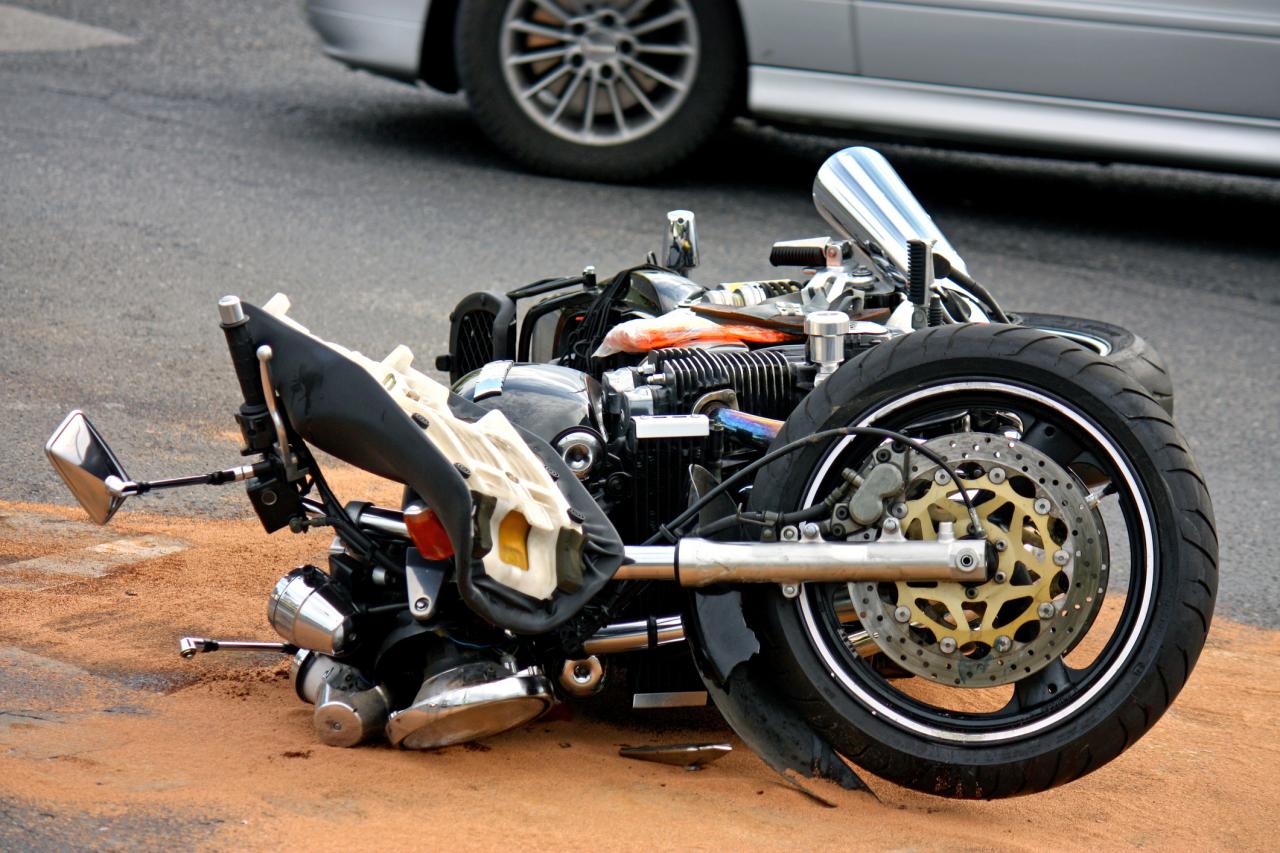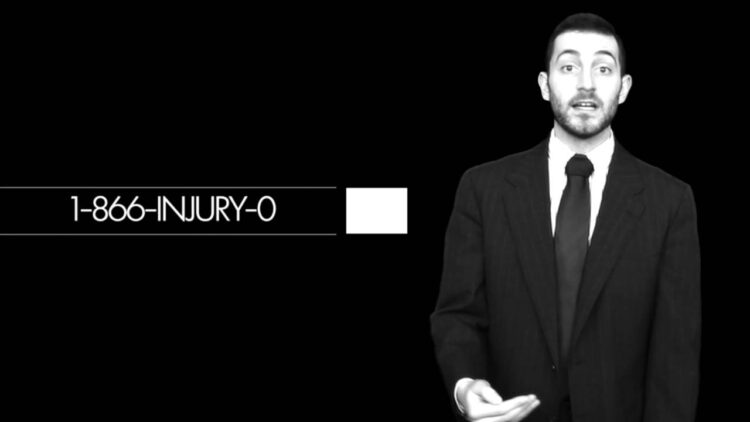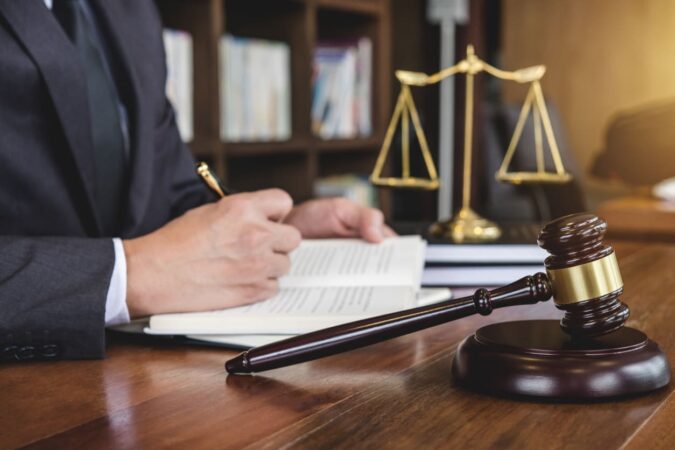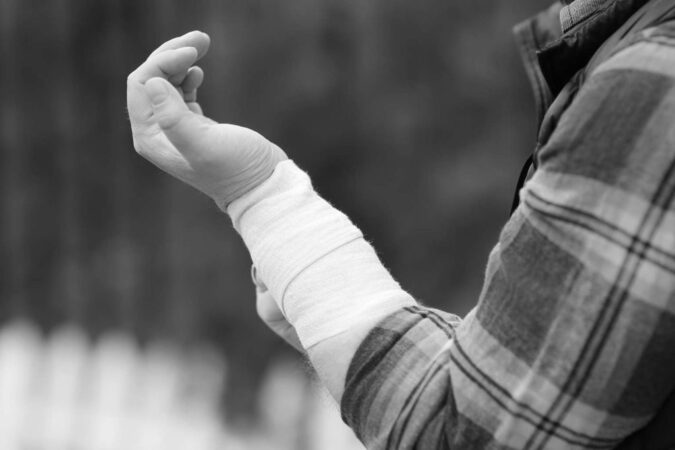
Crash Lawyer Chicago: Overview

A crash lawyer in Chicago specializes in representing victims of car accidents. They help clients navigate the legal process, from filing insurance claims to pursuing lawsuits against negligent drivers. Chicago has a complex legal framework surrounding car accidents, and an experienced lawyer can guide clients through the complexities of the law.
Role and Responsibilities of a Crash Lawyer in Chicago
Crash lawyers in Chicago have several key responsibilities, including:
- Investigating the accident to determine liability.
- Negotiating with insurance companies on behalf of their clients.
- Filing lawsuits when necessary.
- Representing clients in court.
- Helping clients recover compensation for their injuries and damages.
Legal Framework Surrounding Car Accidents in Illinois
The legal framework surrounding car accidents in Illinois is complex. The state has a no-fault insurance system, which means that drivers are required to carry a minimum amount of insurance to cover their own injuries and damages, regardless of who is at fault for an accident. However, victims of car accidents can still file lawsuits against negligent drivers if they have suffered serious injuries or damages.
Statistics and Trends Related to Car Crashes in Chicago
Car crashes are a major problem in Chicago. In 2022, there were over 100,000 car crashes in the city, resulting in over 300 fatalities. The most common type of car crash in Chicago is a rear-end collision. Other common types of car crashes include:
- Side-impact collisions
- Head-on collisions
- T-bone collisions
- Rollover accidents
Types of Car Accident Cases Handled by Chicago Crash Lawyers

Chicago crash lawyers handle a wide range of car accident cases, each with its own unique set of legal challenges. The most common types of car accidents include rear-end collisions, T-bone accidents, and hit-and-runs.
Rear-End Collisions
Rear-end collisions are the most common type of car accident, accounting for over one-third of all crashes. These accidents typically occur when one vehicle strikes the back of another vehicle that is stopped or moving slowly. Rear-end collisions can cause a variety of injuries, including whiplash, neck pain, and back pain.
In rear-end collision cases, crash lawyers typically argue that the driver of the rear vehicle was negligent in failing to maintain a safe following distance. They may also argue that the driver of the rear vehicle was distracted or impaired by drugs or alcohol.
T-Bone Accidents
T-bone accidents occur when one vehicle strikes the side of another vehicle. These accidents are often more serious than rear-end collisions, as they can cause more severe injuries. T-bone accidents can occur at intersections, when one vehicle fails to yield the right of way to another vehicle.
In T-bone accident cases, crash lawyers typically argue that the driver of the at-fault vehicle was negligent in failing to yield the right of way. They may also argue that the driver of the at-fault vehicle was speeding or running a red light.
Hit-and-Run Accidents
Hit-and-run accidents occur when a driver strikes another vehicle and then flees the scene of the accident. These accidents can be particularly frustrating for victims, as they may not be able to identify the at-fault driver. Hit-and-run accidents can also be more difficult to prove, as there is no witness to the accident.
In hit-and-run accident cases, crash lawyers typically work with the police to investigate the accident and identify the at-fault driver. They may also use surveillance footage or other evidence to prove the identity of the at-fault driver.
Determining Liability and Damages in Chicago Car Accident Cases

In Chicago car accident cases, determining liability and damages is crucial for victims to seek fair compensation for their injuries and losses. Negligence, which refers to a party’s failure to exercise reasonable care and causing harm to another, plays a central role in establishing liability.
Types of Damages Claimed by Victims
Victims of car accidents can claim various types of damages, including:
– Medical expenses: Costs associated with medical treatment, such as hospital stays, surgeries, and rehabilitation.
– Lost wages: Income lost due to time away from work as a result of the accident.
– Pain and suffering: Compensation for physical and emotional distress caused by the accident.
Case Studies and Settlements
In a recent case, a victim suffered severe injuries in a car accident caused by a drunk driver. The driver was found liable, and the victim was awarded damages covering medical expenses, lost wages, and pain and suffering.
Another settlement involved a pedestrian struck by a car while crossing the street. The driver was deemed negligent for failing to yield to the pedestrian, resulting in a settlement that covered the victim’s medical expenses and lost wages.
These case studies illustrate the process of determining liability and damages in Chicago car accident cases, where victims can seek compensation for their injuries and losses based on the negligence of the responsible party.
The Legal Process for Chicago Car Accident Cases
In the aftermath of a Chicago car accident, understanding the legal process can be crucial for securing compensation and protecting your rights. The process involves several key steps, with distinct roles for the plaintiff, defendant, and their respective attorneys.
The legal process for Chicago car accident cases typically unfolds as follows:
Filing a Claim
The first step involves filing a claim with the at-fault party’s insurance company. This claim Artikels the details of the accident, injuries sustained, and damages incurred. The insurance company will then investigate the claim and determine the amount of compensation to offer.
Negotiations
Once a claim is filed, negotiations begin between the plaintiff’s attorney and the defendant’s insurance company. The goal is to reach a settlement that fairly compensates the plaintiff for their losses. Negotiations can be complex and may involve back-and-forth discussions.
Lawsuit
If negotiations fail to produce a satisfactory settlement, the plaintiff may file a lawsuit against the defendant. The lawsuit will be filed in the appropriate court and will Artikel the plaintiff’s legal arguments and the damages sought.
Discovery
Once a lawsuit is filed, the discovery process begins. During discovery, both parties exchange information and documents related to the case. This can include medical records, witness statements, and expert reports.
Trial
If the case cannot be resolved through settlement, it will proceed to trial. At trial, both parties present their evidence and arguments before a judge or jury. The judge or jury will then decide who is liable for the accident and the amount of damages to be awarded.
Timeline
The timeline for a Chicago car accident case can vary depending on the complexity of the case. However, some key deadlines and milestones include:
- Filing a claim: Typically within two years of the accident
- Negotiations: Can take several months or even years
- Filing a lawsuit: Must be filed within the statute of limitations (two years in Illinois)
- Discovery: Can take several months or even years
- Trial: Can take several days or even weeks
It’s important to note that this is a general overview of the legal process for Chicago car accident cases. The specific steps and timeline may vary depending on the individual circumstances of each case.





